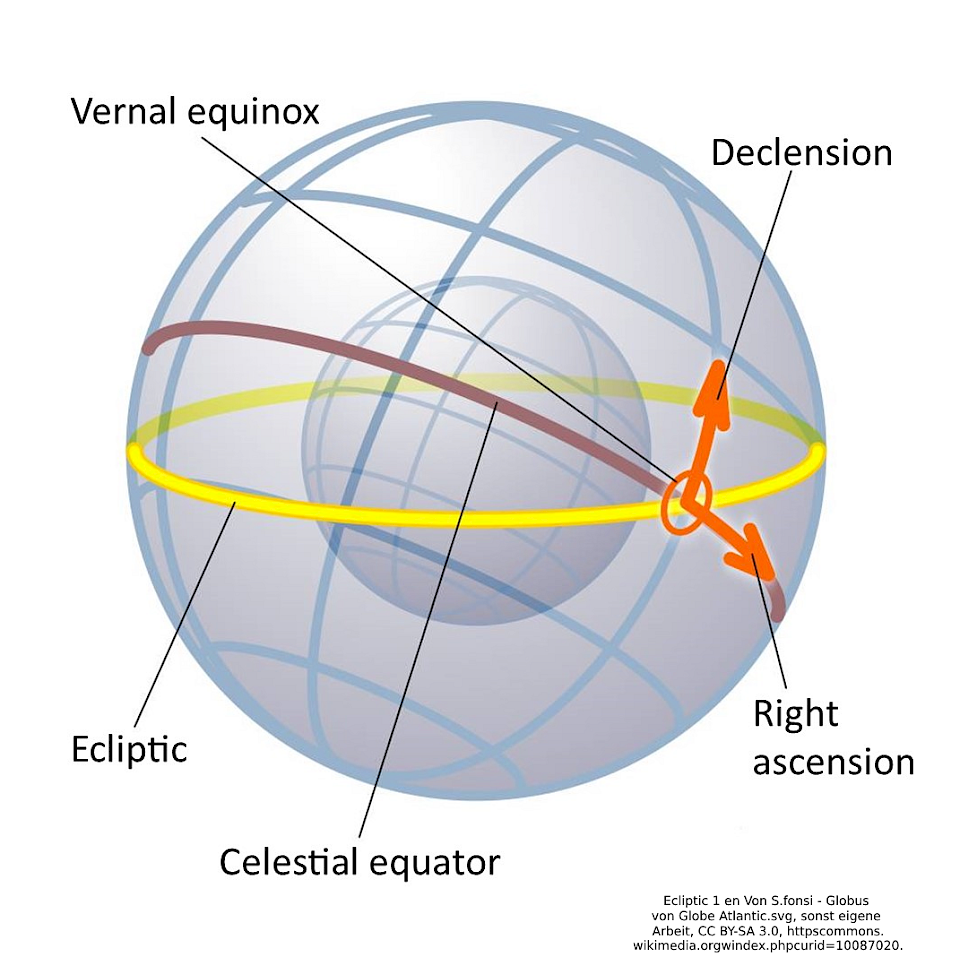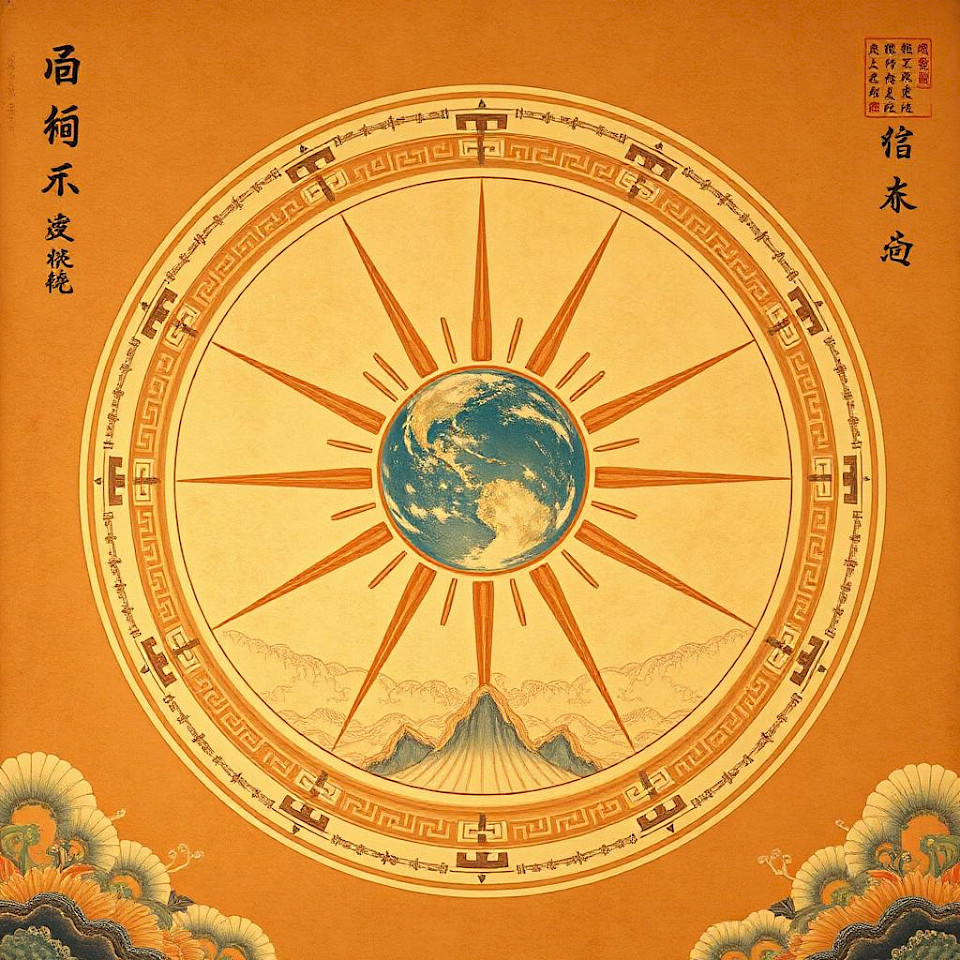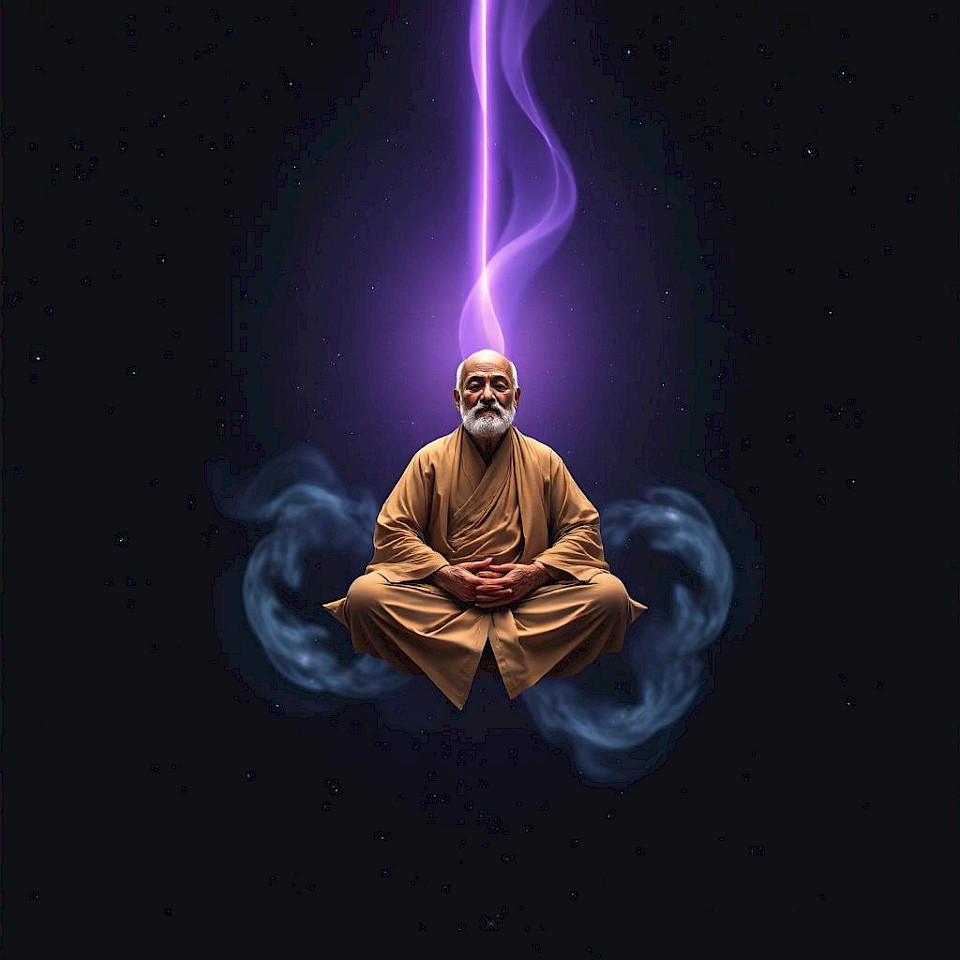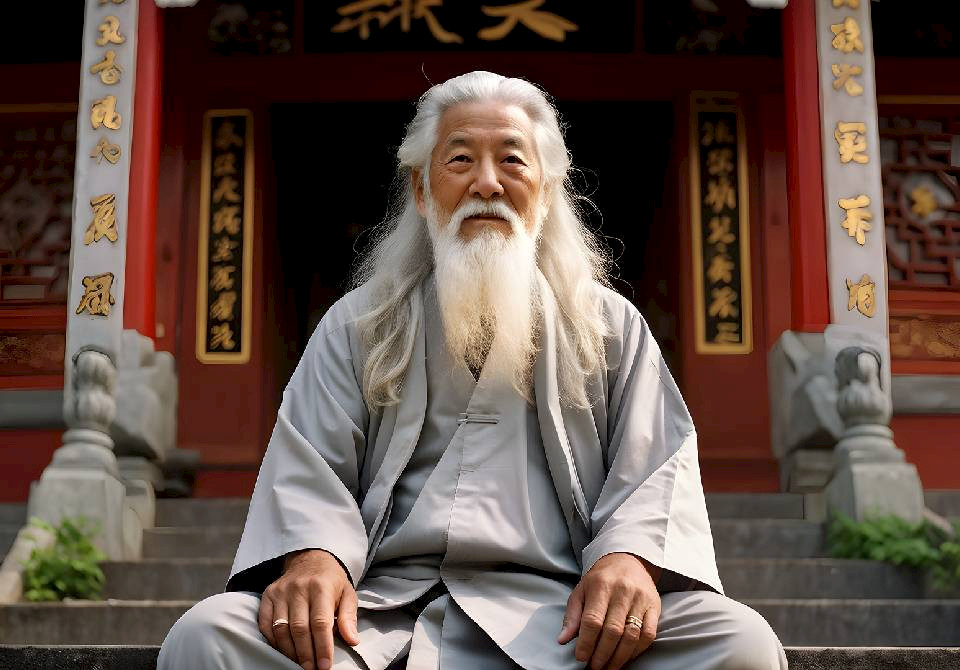
1. Astronomical perspective
Astronomically, the equinox occurs twice a year.
The spring equinox occurs around March 20 or 21 in the Northern Hemisphere and around September 22 or 23 in the Southern Hemisphere. The autumn equinox occurs around September 22 or 23 in the Northern Hemisphere and March 20 or 21 in the Southern Hemisphere.
On these days, the sun is directly above the equator, so day and night are almost equal in length. The Earth's axis is tilted by 23.4°, which is why the angle of incidence of sunlight changes during its orbit around the Sun, causing the seasons to occur.
An equinox is the point in the Earth's orbit when the center of the sun intersects the Earth's equatorial plane. At every equinox, sunlight falls evenly on the Northern and Southern Hemispheres, so that only at the equinoxes are both poles bathed in sunlight at the same time.

2. Astrological perspective
From an astrological point of view, the spring equinox signals the beginning of the zodiac sign Aries and thus the astrological New Year and, at the same time, the beginning of spring. It is a time of new beginnings and renewal; ideal for making plans and setting new goals.
The so-called cosmic column is a term from astrology and describes the transition from the last degree of the zodiac sign Pisces to 0° of the zodiac sign Aries. This point is seen as an energetic interface between beginning and end, death and birth. It is a moment when the old is completed and space for the new is created – both in collective and individual experience. The cosmic column symbolizes a moment of ‘nothingness’ in which the energetic potential of the past and future meet. It is often associated with transformation, inner growth, and new beginnings.
The autumn equinox is associated with the sign of Libra and often symbolizes balance, harmony, and the time of harvest. The darkness increases with each passing day, and a time of inner reflection begins, offering the opportunity to look back on what has been accomplished and gather strength.
The equinox represents a ‘harmonization of light and darkness’ and reflects a universal principle of balance. In astrological practice, this is an ideal time for ‘ceremonies, rituals, and setting intentions’ to align personal goals with the greater cosmic energies.

3. Spiritual perspective
Spiritually, the equinox is often seen as a time of balance and harmony. It offers an opportunity to reflect on the balance in our lives and is a good time for rituals of renewal and transformation.
The equinox is celebrated in many spiritual traditions with rituals that include meditation, gratitude, and self-reflection to support personal renewal and adjustments to new life cycles.
Equinoxes are celebrated worldwide as a sign of renewal, harvest, or the beginning of a new year.
The Babylonian calendar was set so that the new year began with the first full moon after the equinox.
Similarly, Nowruz (the Persian/Iranian New Year), which has been celebrated for over 3,000 years, falls exactly on the spring equinox.
The Bahá'í religion also designates Naw-Rúz (New Day) on the spring equinox (~March 21) as New Year's Day.
In Japan, the day of the March equinox is a national holiday (Shunbun no hi) when families get together to celebrate nature and life. They visit the graves of their ancestors to show respect and remember them.
The timing of the Jewish spring festivals is linked to the equinox. Passover begins with the full moon after the March equinox. In Nepal and Tibet, for example, the spring equinox is part of the cultural New Year celebrations (e.g., Lhosar festivals).
In Christianity, the date of Easter is calculated as the first Sunday after the first full moon on or after March 21 (a fixed approximation of the spring equinox).
Harvest festivals have a deeper meaning worldwide that goes beyond mere gratitude for a successful harvest. They are a symbol of gratitude, community, preservation of nature, and awareness of the importance of sustainable agriculture that feeds us. The equinox in September is associated with autumn festivals around the world.
The autumn equinox coincides with the high Jewish holidays: Rosh Hashanah (New Year) and Yom Kippur (Day of Atonement) take place shortly before or after the equinox in September.
In Korea, Chuseok (often referred to as the “Korean Thanksgiving”) is a major harvest festival around the autumn equinox.
Thousands gather at Chichén Itzá or Angkor Wat in Cambodia to watch the play of light and shadow on the temples during the equinox.

4. Taoism and the equinox
In Taoist philosophy, observing natural phenomena is essential to living in harmony with nature. The equinox therefore offers an opportunity to practice mindfulness and strengthen our connection to the natural world.
The classical Daoist texts, such as the Tao Te Ching by Laozi, also contain numerous references to the principle of balance, change, and natural rhythms. The call to surrender to the natural course of things is reflected in poetic images of sunrise, the seasons, and the quiet observation of nature. The equinox is not explicitly mentioned, but the underlying principle of harmony and balance is central.
The equinox symbolizes the perfect balance of yin (dark, passive energy) and yang (light, active energy). This balance is considered the ideal state in the pursuit of unity with the Tao, the natural and universal way. Taoist practices aligned with the equinox emphasize the importance of mindfulness and living in harmony with nature.
The I Ching (Book of Changes) is one of the oldest known sources describing the interplay of Yin and Yang. The eight trigrams (Bā Guà / Pakua) symbolize natural phenomena such as heaven, earth, fire, and water, reflecting the eternal change and cyclical nature of nature. The equinox can be understood as an expression of this change, in which the poles of yin and yang merge into one another and create a new, dynamic balance.
At the equinox, yin (night) and yang (day) are considered to be in perfect balance, resulting in a harmonious state. It is seen as a time to promote inner peace and to reflect on and celebrate the balance between the opposing forces in our lives.
The balance of yin and yang is also central to health in Chinese medicine. Yin and yang are fundamental opposites that complement each other and should be in balance. Yin represents calm, cold, darkness, and substance, while yang symbolizes activity, heat, light, and function. Any treatment therefore aims to either strengthen or balance yin or yang.
Observing nature is essential—the equinoxes are moments when “heaven touches earth,” meaning that cosmic and earthly energies are particularly connected.
Through meditation, breathing exercises, and other practices that promote inner balance, Taoists seek to bring themselves into harmony with these natural rhythms. The equinox offers an opportunity to reflect on balance in one's own life and to connect with the natural cycles that underlie Taoist philosophy.
Wolfgang Heuhsen 2025